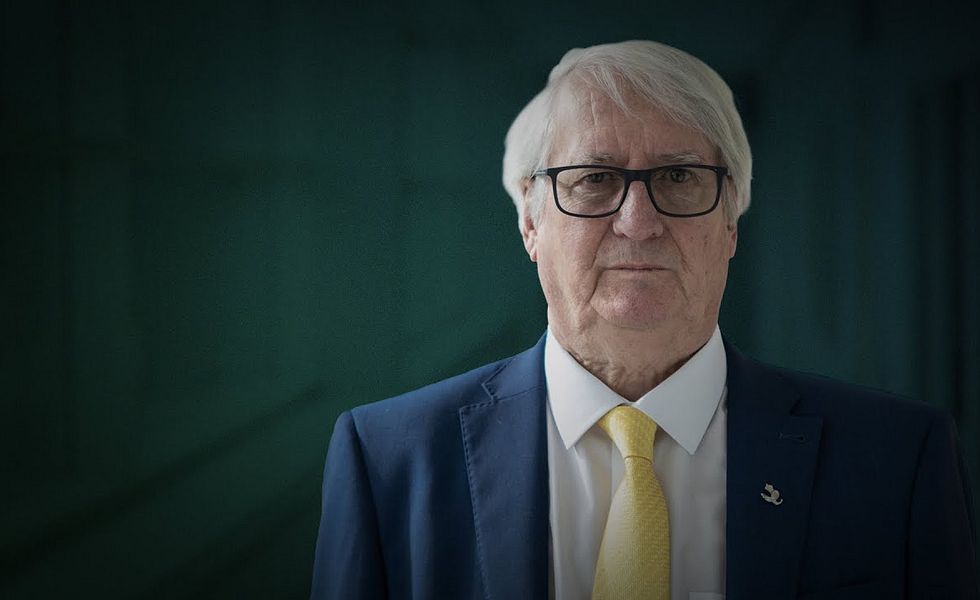"The Paraquat Papers" – how Syngenta put profits over product safety and tolerated thousands of deaths
Press Release by Public Eye and Unearthed, Zurich/Lausanne, March 25, 2021
For nearly 60 years, Syngenta and its UK predecessor ICI have been producing Gramoxone, which contains Paraquat as an active ingredient. It is one of the most toxic weed killers in the world. In most cases, already one sip can kill and in cases of poisonings, there are no antidotes available. Since its market introduction back in 1962 through ICI, the UK predecessor firm of Syngenta, the pesticide has caused tens of thousands of deaths, according to experts. The vast majority of fatalities are due to unsafe containers or suicide and many concern children. It is therefore not surprising that Paraquat is now banned in over 50 countries, in Switzerland since 1989. To prevent the authorities in key markets like the US from banning their core product, too, ICI and subsequently Syngenta sought to make it safer. One of the measures they introduced was to mix it with an emetic with the designation PP796, for which ICI/Syngenta holds the patent.
A toxicologist, who from 1986 to 2007 was responsible for the safety of Paraquat, informed his superiors the first time in 1990 of the "unscientific" and "fabricated" nature of the main internal study that served as the basis for setting the concentration level of PP796, and which is still used today. Data based on more reliable laboratory testing would show that up to ten times more PP796 would be required to achieve the intended emetic effect. Syngenta and its predecessor not just refused the increase of PP796, but also any dilution or granulation, which would have made Gramoxone also safer. All this primarily on cost considerations. An ICI memo stated in 1987 that such provisions "would destroy group profits". Despite numerous warnings from their own scientists and growing evidence from various countries regarding the deadliness of Gramoxone, Syngenta continued to lobby the UN Food and Agriculture Organization (FAO) to anchor the ineffective emetic concentration level as the global standard for Paraquat. This level continues to apply to copycat products today.
"The Paraquat Papers", exclusively analysed by Public Eye and Unearthed, provide detailed proof of these explosive allegations. The contents include scientific data, meeting protocols and internal email correspondence. The many hundreds of documents are now seeing the light of day because of a US court case against Syngenta in which the above mentioned whistleblower will testify in mid-May. He outlined his motivation for doing so in a letter to the FAO: "I have nothing against Syngenta. I just want the next child who accidentally swallows a mouthful of Paraquat to have a better chance of surviving.".
For more information, please contact:
Oliver Classen, Media Director, +41 44 277 79 06, oliver.classen@publiceye.ch
Laurent Gaberell, Agriculture Expert, +41 21 620 06 15, laurent.gaberell@publiceye.ch
Press fotos are available here.


